“Storytelling is the greatest technology that humans have ever created.” — Jon Westenberg
What is Story telling?
It is an ART!
Yes, storytelling is an art form that uses narrative to communicate something to your audience. It may be factual or facts that are improvised and embellished to make the narrative more appealing and relevant.
When done correctly, research shows the powerful impact storytelling can have on us:
- Stories are 22 times more memorable than facts & figures alone
- Our neural activity increases 5X when listening to a story
- Storytelling lights up the sensory cortex in the brain, allowing the listener to feel, hear, taste, and even smell the story
Storytelling is an incredibly valuable tool in marketing, and sets apart vibrant brands from simple businesses and loyal consumers from one-time, casual shoppers.

https://www.referralcandy.com/blog/ultimate-storytelling-guide-infographic/
Storytelling is an art form that is timeless and has a place in every culture and society. Stories are a universal language that everyone — regardless of dialect, region or heritage — can understand. Stories stimulate imagination and create a sense of community among listeners and tellers alike.
There are two ways to persuade people.*One is to use rhetoric, power point slides, statistics and quotes. This is an intellectual process. The second is putting forth the idea by combining it with emotions. This is done through story telling in which you not only weave lot of information but also appeal to their emotions by arousing the listener’s passion and energy.
A good story has the following aspects:
- Entertaining
- Informative
- Relatable
- Well organized
- Appeal to emotion and
- Memorable
Preparing for the storytelling
Like any other art form, storytelling requires creativity, vision, skill and most important of all practice. To make your storytelling a success you need to keep in mind the following requirements:
- Know your audience: To tell a compelling story, understand your target audience, who is going to respond and take action.
- Central idea of your story: this should be clearly stated in six to ten words. Your story will unfold around this core message.
- What is the outcome you are expecting: Your story will change according to the outcome you expect – expecting some action, creating human values, collaboration or simply educating. Your story and the narrative will change accordingly.
- Call to Action: this is similar to your objective but your CTA will establish the action you’d like your audience to take after reading.
What exactly do you want your readers to do after reading? Do you want them to donate money, subscribe to a newsletter, take a course, or buy a product? Outline this alongside your objective to make sure they line up.
Often a good story comes from your customers. All you need to do to find your story is to ask your customers to speak for themselves. User generated story telling is creditable and easily relatable. You could use their stories as they are or spin a fictional tale based on the reality. In my experience as a trainer I have mostly got my stories from my audience and built on it. I have also used these experiences of my audience as the base for my stories for narrating elsewhere.
Remember “the best stories are not your own, but of your customers and your fans”
Once you’ve found your story, tell your story in the most memorable and impactful manner possible. Be authentic and stay true to your brand message. To make it authentic you can even use real names, settings, and outcomes if it’s possible. Every story has its heroes and villains. In brand storytelling, villains should be problems and hero should be your brand’s solution to these problems.
Our brains recall information better when we associate it with a sensory experience. Stimulate the senses with beautiful visuals, objects, handouts and whatever else you can, so that the listener engages more than one sensory organ.
Brand Storytelling Example 1: The Land Of Land Rovers Campaign**
https://www.youtube.com/watch?v=YNXU1IR2LR8
Land Rover Showcases Why the Best Stories Come From Others
In celebration of Land Rover’s 70th anniversary, the company brought to life the true story of, “The Land of Land Rovers,” a remote area in the Indian Himalayas. The video tells the story of the local drivers who rely on a fleet of meticulously maintained 1957 Land Rover vehicles to provide transport and supplies along the treacherous mountain roads between two small villages, Maneybhanjang and Sandakphu.
To bring this remarkable story to life, Land Rover’s team made the village of Maneybhanjang their home for ten days in order to get to know these brave drivers and experience their everyday life. The end result delights the viewer with its stunning cinematography, while hearing from the drivers and villagers only further reinforces the incredible off-road capabilities of Land Rover vehicles.
Brand Storytelling Example #2: Ikea’s Improve Your Private Life Campaign
https://www.youtube.com/watch?v=2dYpJaAmJj0
IKEA Singapore Highlights the Power Of Humor In Storytelling.
IKEA Singapore’s Shelf Help Guru video campaign stars a ‘Shelf Help Guru,’ who wants to take IKEA customers on a journey of ‘shelf discovery’ to improve their private lives in their most private areas: their bedrooms and bathrooms. It uses humour to captivate the audience and illustrates practical storage and furniture solutions from IKEA positioning it as the go-to retail store for improving your home.
Brand Storytelling Example #3: Sanlam Bank’s #OneRandMan Campaign
https://www.youtube.com/watch?v=RLY_tGjm-9Y
Sanlam Bank Showcases How Storytelling Can Spark Change
In South Africa, research shows that most people do not save much of their salary. So much so, that household debt averages about 75% of their after-tax income. To educate South Africans about the importance of saving money, Sanlam Bank launched a 5-part web series called One Rand Man, featuring a young professional who embarks on a social experiment – getting paid only in one rand coins. For context, one rand coin is about seven cents in U.S. currency. The video series documents his trials and tribulations of paying for everyday expenses in coins. Each week, Sanlam Bank also joined forces with respected local personal finance news outlets to share advice and tips based on the issues faced by the One Rand Man.
The Results
Telling the story of One Rand Man, combined with valuable personal finance thought leadership, sparked a chord in South Africans. The video series was watched over 900,000 times, making it the most-watched ad on YouTube in South Africa during the time of the campaign. Furthermore, the effort generated over 74 million media impressions, earning over 41 million rand worth of media exposure for the company (approx $2.8M U.S. dollars). The wild success of One Rand Man spawned One Rand Family and other similar episodic spin-offs, further inspiring and educating South Africans around the importance of personal finance and saving money.
Storytelling is a trial and error process and no one masters it in the first try. However it is worth mastering for building your brand. Today’s consumer doesn’t decide to buy based on what you’re selling, but rather why you’re selling it. Storytelling helps you communicate that “why” in a creative, engaging and fun way.
References
* https://hbr.org/2003/06/storytelling-that-moves-people
** https://www.convinceandconvert.com/content-marketing/brand-storytelling-examples/
***https://www.hubspot.com/marketing/storytelling






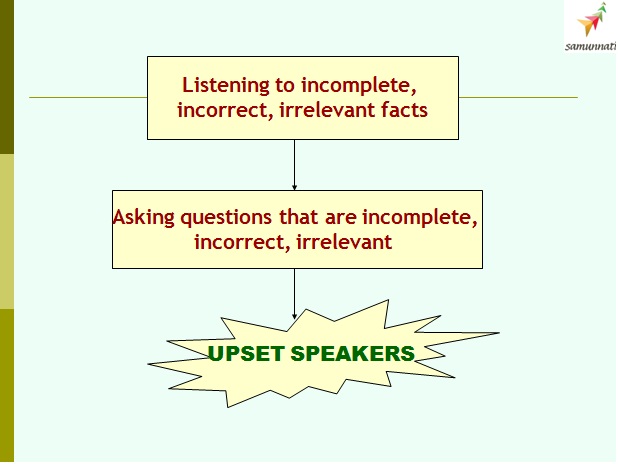
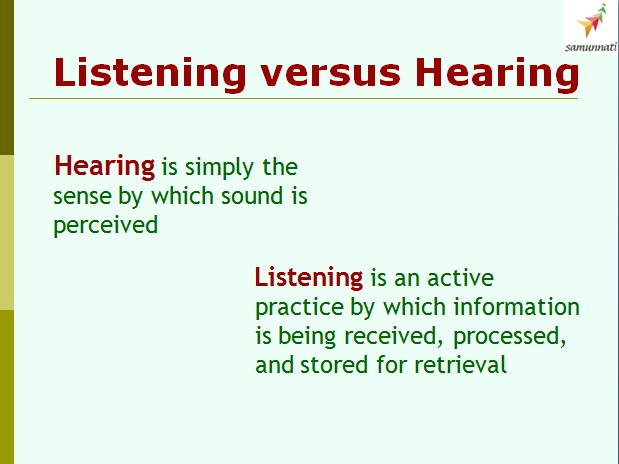



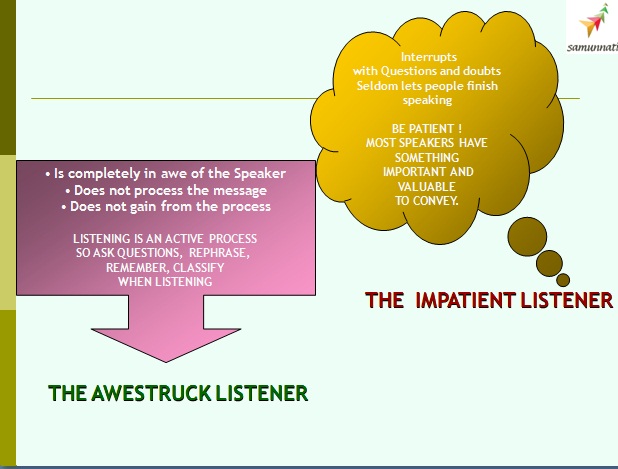





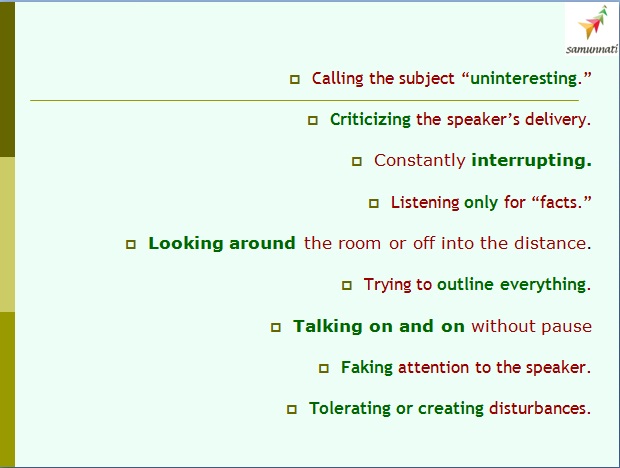
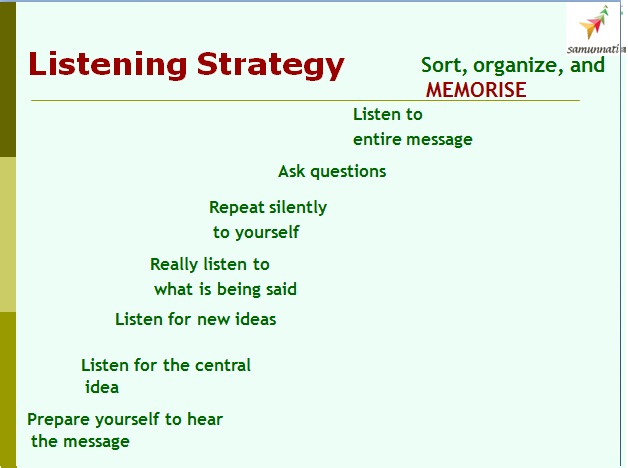



 Our thought makes a simple action more valuable. Additionally it’s our thought pattern which decides which action is easy or difficult. In this extraordinary situation we could display two kinds of mindset which is…….
Our thought makes a simple action more valuable. Additionally it’s our thought pattern which decides which action is easy or difficult. In this extraordinary situation we could display two kinds of mindset which is…….